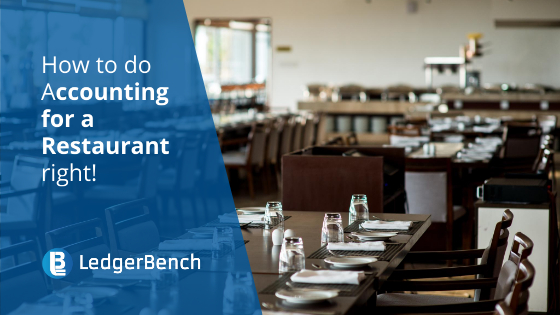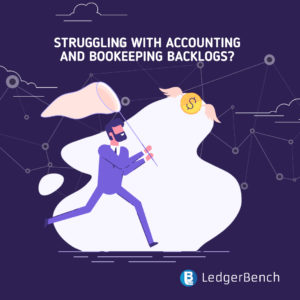
How to do Accounting for a Restaurant right?
Not everyone knows the nitty-gritties of Accounting for a Restaurant, and neither is that proficiency expected. Especially not with Restaurant managers. You already have your plate full literally with a lot! The pain of keeping your books updated and accounting should not be one of them. However, knowing the blueprint of the main things to keep in mind while taking care of your accounting or its basics, can really help you manage your money better and understand your operations more efficiently.
And, because it is so important, we have put together this list of accounting principles 101, which will help you get ahead with your restaurant’s books and financials. No matter the type of restaurant you are running, a takeaway, stand-alone or a chain, there is something in this for everyone. Whether you do it yourself or hire an outsourced bookkeeping service, keeping these points in mind will benefit you greatly!
Organization
This is where we get the Chart of Accounts into the picture. Your primary goal should be to get this order. These are the buckets that are used to describe the funds that are flowing in and out of the business. This includes everything- assets, liabilities, expenses, revenue, etc. Now, you need to complete the chart by outlining the sub-categories in it as well. From marketing, to inventory, etc. All these items should accurately be recorded in your Chart of Accounts.
This is important as this is what is used for drafting any business financial statements and reports. These blueprints help you get the insights necessary for understanding where your restaurant is currently standing and where it is headed to.
Cost of Goods Sold
Cost of Goods Sold (COGS) refers to the total cost that goes into making the product or services that someone is selling. In your restaurant, it would basically mean the cost of all the ingredients that go into making your restaurant’s menu. The efficient way to calculate your total COGS is when you take your weekly restaurant inventory in terms of your beginning inventory and subtract your ending inventory, you get the cost of goods sold for your restaurant. But it is important to make certain that your cost of goods sold does not include any utilities and labour costs added to it. It should only have the cost of the actual ingredients that go into making your menu. The essence of doing this all, is to keep a tab on the cost of each plate of food that is sold at your restaurant, so that you can make a healthy profit and excel better.
Keeping a tab of the Labor Cost, Occupancy Expenses And Operating Expenses
The Cost of Goods we spoke about earlier, does not include the labour costs or added utility expenses. But in order to know the accurate financials for your business, it is important to know each detail of your restaurant’s expenses correctly to be able to take the right steps and make beneficial decisions. Your operational costs like- labour costs, occupancy expenses, etc. all need to be divided into different categories. It is important to know that every restaurant differs in its operational costs. Therefore, keeping a close check on them will help you to work towards more rewarding profits in the business. It is necessary to also add the payroll taxes and employment benefits to this category.
Another part to add are the occupancy expenses like rent and property insurance also need to be accounted for. Knowing the difference between operating costs and occupancy costs are important.
More Blog – Building Trust From In-House To Virtual Bookkeeping!
Get Acknowledged with the Prime Costs
Your prime costs are what you get by adding your Costs of Goods Sold with the labour costs. This primarily includes Accounting for Restaurant primary expenses. Therefore you need to pay extra attention so as to avoid any mistakes or inaccuracies that may creep in these records.
Also, it is difficult to cut back on costs other than the prime costs, if you work effectively on these, you can also save on funds.
Cost-To-Sales Ratio
The fact is that to know the exact status of your finances, it is important to take it into account with other factors. No financial indicator, no matter how crucial it is can help you completely understand the financial space your business is standing in and where it is headed to. Out of common sense, you can imagine that if you are looking at a large restaurant, it will have more prime costs in comparison to a small restaurant that has a lower prime cost. But then this can’t help you come to a final consensus, up until you compare it with the sales in each.
Therefore to understand where your business is currently and where it is headed to, it is important to take into account the cost-to-sales ratio.
This is important as it allows you to compare your business with other businesses’ keeping in mind complete accuracy.
You No More Have To Worry About Restaurant Accounting
Restaurant Accounting does not have to become gibberish and a deterrent in running your restaurant effectively. If you have your accounts in place, are managing your costs effectively. In addition to that, if you have your accounts outsourced to a bookkeeper, then you can save on time, added costs and can focus on the core operations of your business.So that you get reliable data, actionable financials and all that you need to run your business with better insights.

